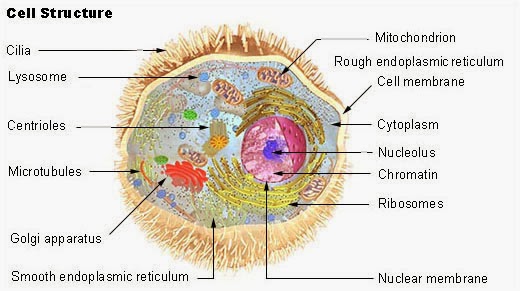Basses of classification of Living Organisms.......
HOMOLOGY:
This is the fundamental similiarities in the structure of living organisms. For example the flipper of a whale, the wing of a bat and the arm of a man are built on the same pattern, but are highly specialized due to their adaptations to different habitates. The homologus structure are important in classifying animals.
BIOCHEMISTRY:
Besides morphology, the chemical substances which organism contains are useful in classifying organisms using techniques such as chromotography and electrophoresis, the biochemistry of an organismscan be found easily.





